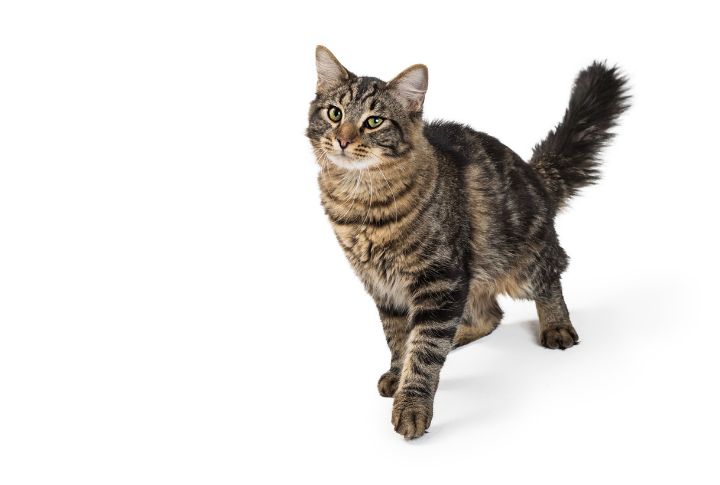
It’s no secret that our feline friends often suffer in silence, so your cat limping might catch you off guard. Seeing a difference in their gait is a grave sign that something isn’t right. There could be several reasons, and it is imperative to seek veterinary care immediately.
Sprain and Strains
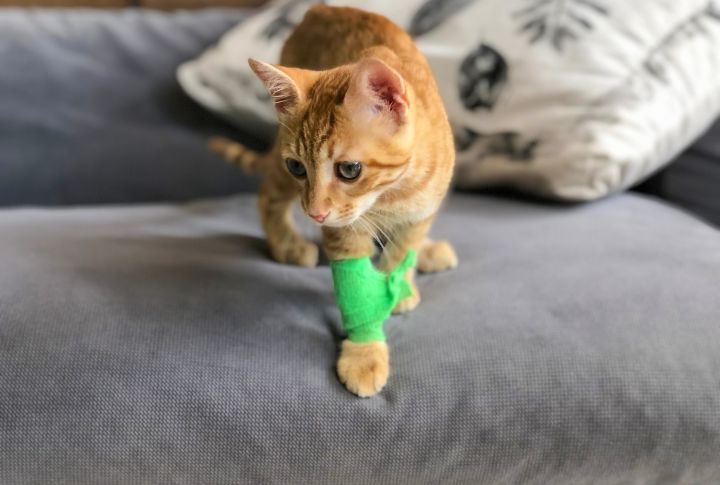
Soft tissue damage like sprains and strains often stems from kitties overexerting through vigorous jumping, running, or engaging in rough play. However, a reassuring aspect is that, in most cases, this species typically recovers within a few days to weeks.
Arthritis
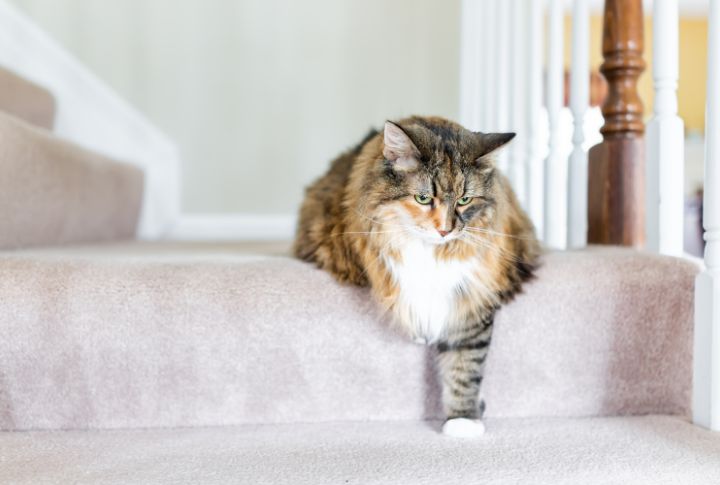
Arthritis is a prevalent issue characterized by painful joints and discomfort during movement. Unfortunately, it’s irreversible, meaning your pet won’t fully regain their previous mobility. However, treatments are available to mitigate its progression and enhance overall quality of life.
Fractures
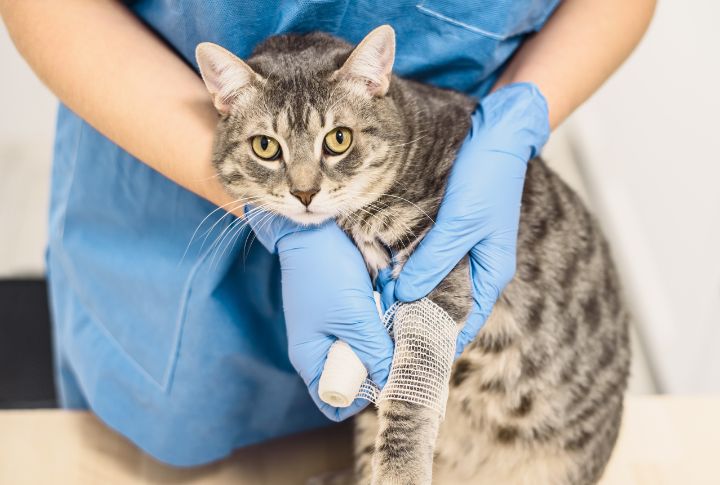
Felines have an adventurous spirit that might sometimes result in mishaps, such as falls or collisions, leading to fractures. A noticeable limp, swelling, or reluctance to bear weight on a limb usually indicates a broken bone.
Ingrown Nails
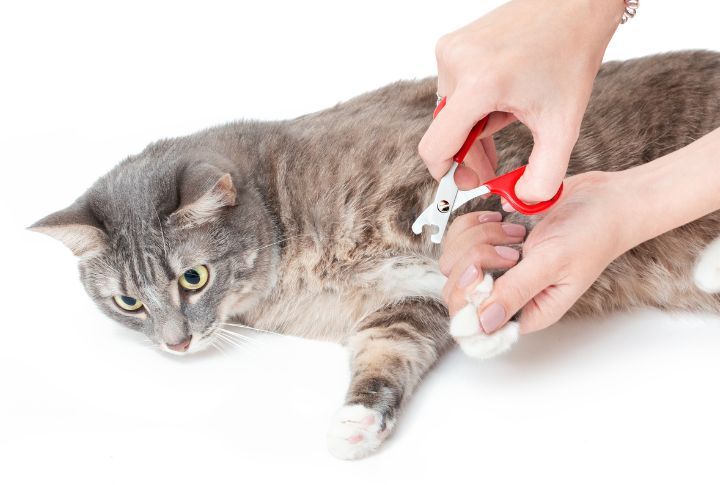
In the wild, cat ingrown nails are rare, but within the confines of our homes, domesticated companions may require grooming assistance to avoid such issues. When their pincers elongate excessively, the tip may curve and get embedded into the paw pad, causing excessive discomfort.
Foreign Objects
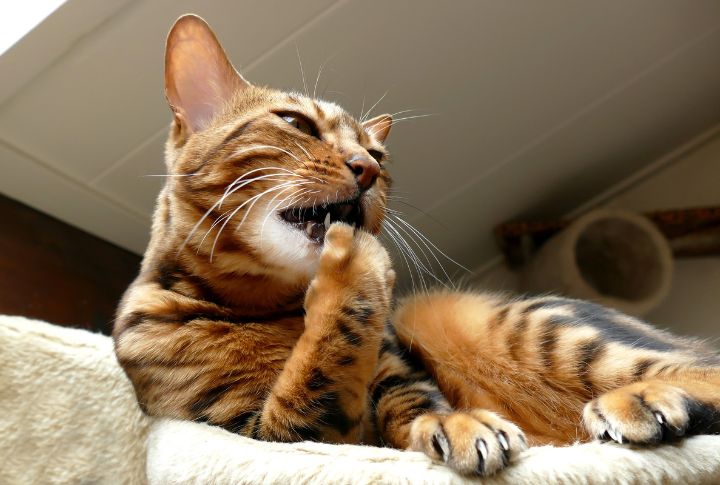
Due to their curious nature, our furry partners often explore unfamiliar territories and encounter foreign objects like thorns or splinters lodged in their claws. If your pet excessively licks the paw while being unable to walk, it’s time for you to check its foot.
Insect Bites or Sting
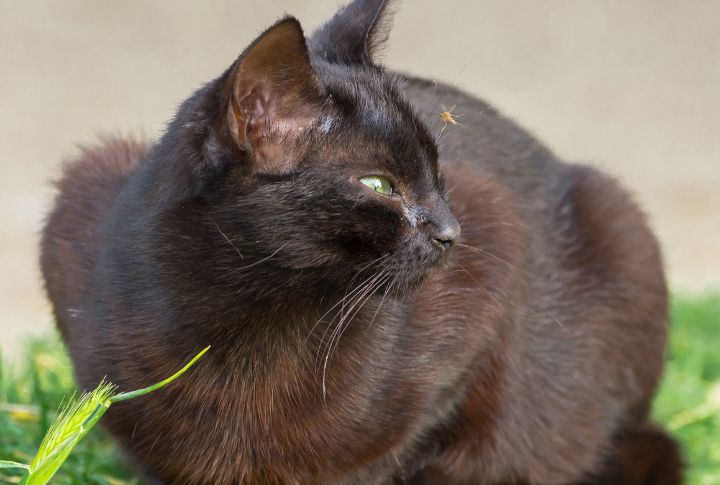
Outdoor adventures expose our four-legged companions to insects, including bees, wasps, or ants, which can deliver painful bites or stings. An allergic reaction to insect venom may lead to swelling, preventing them from putting weight over the affected leg.
Abscesses
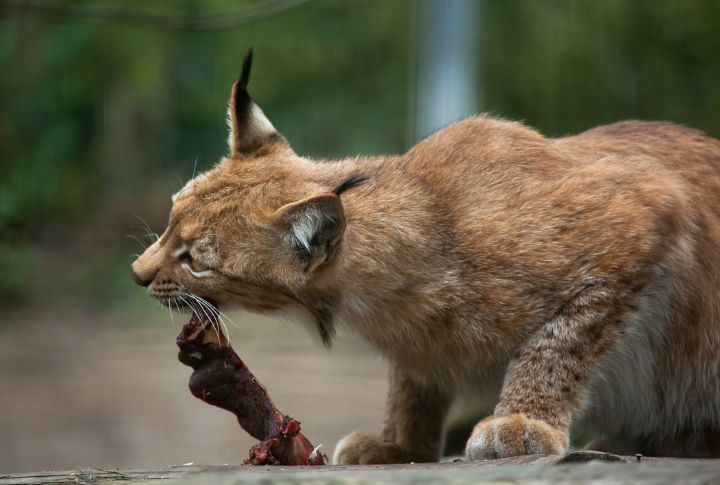
Despite a friendly demeanor, our furry friends can encounter other animals, which can result in fang and claw encounters. If left untreated, bite wounds can lead to abscesses.
Ligament Tear
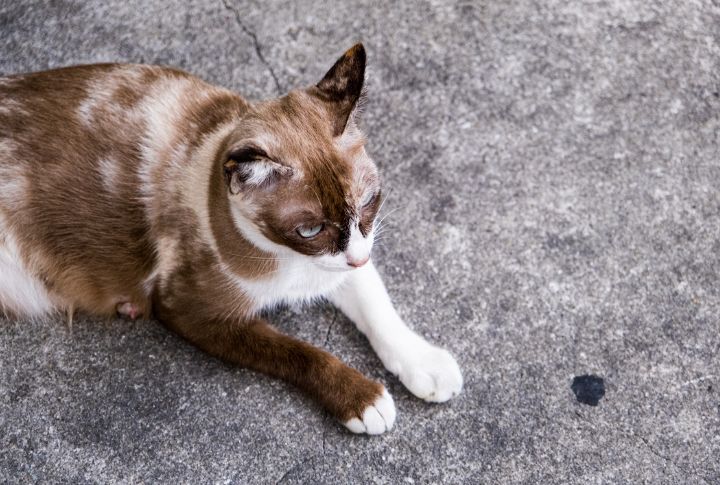
The severity of the injury dictates whether surgery is necessary. Sometimes, the veterinarian may opt for a splint or cast to immobilize the cat and prevent further mobility and re-injury. Additionally, physical therapy may be recommended to bolster the muscles, tendons, and ligaments.
Vaccine Reactions
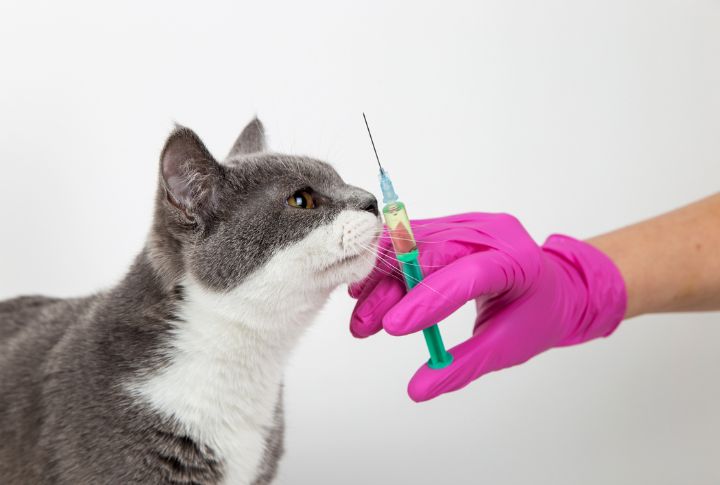
Indeed, it’s not unusual for kitties to experience stumbling following vaccination as it is a typical reaction. While shots are essential for saving lives, they can also come with a range of side effects. The skin gets punctured during immunization, and the body initiates an immune response, leading to inflammation.
Saddle Thrombosis
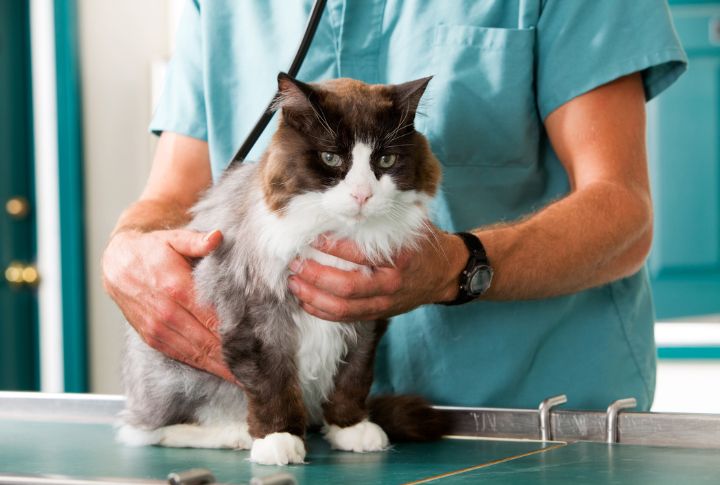
Saddle thrombosis stands out as the most alarming and potential reason that can make a difference in our four-legged creature’s gait. This grave condition arises from a blood clot in the heart and usually leads to sudden hindleg paralysis.
Spinal Problems
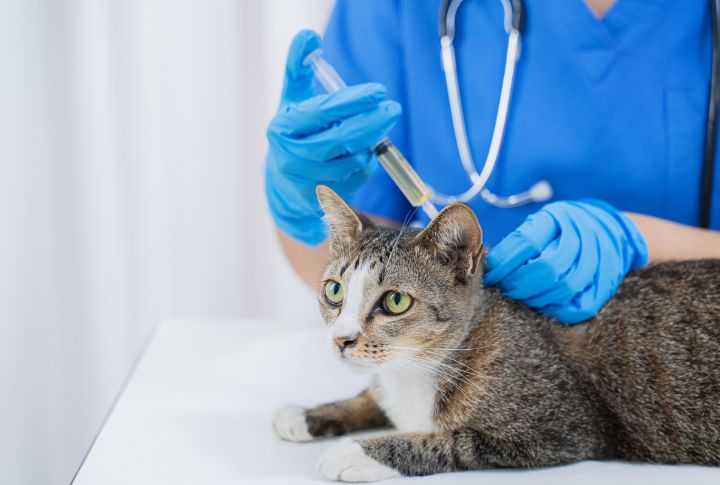
In some cases, the issue may not originate from an affected leg, but it’s more probable that the source lies within the spine. As the nerves responsible for relaying signals become compressed due to a slipped disc or tumor, your domesticated companion could feel uneasy while walking.
Diabetes
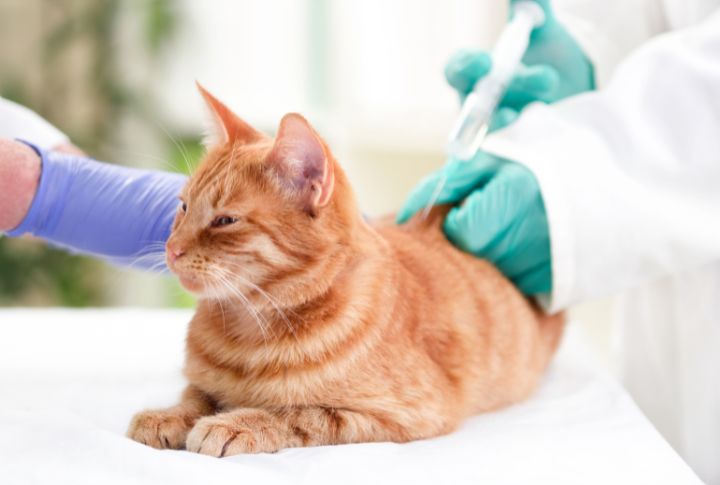
Similar to humans, several risk factors like obesity, lack of physical activity, male gender, and advanced age increase the likelihood of our beloved buddies developing diabetes. In rare cases, diabetes can extend to impact the central nervous system, wherein a kitty strolls with its hocks touching the ground.
Cancer

Osteosarcoma presents as a malignant bone tumor. If this creature develops osteosarcoma in a limb (appendicular osteosarcoma), you may see lameness or a noticeable inflammation. Other signs include lethargy, loss of appetite, and reluctance to play.
Hypervitaminosis A
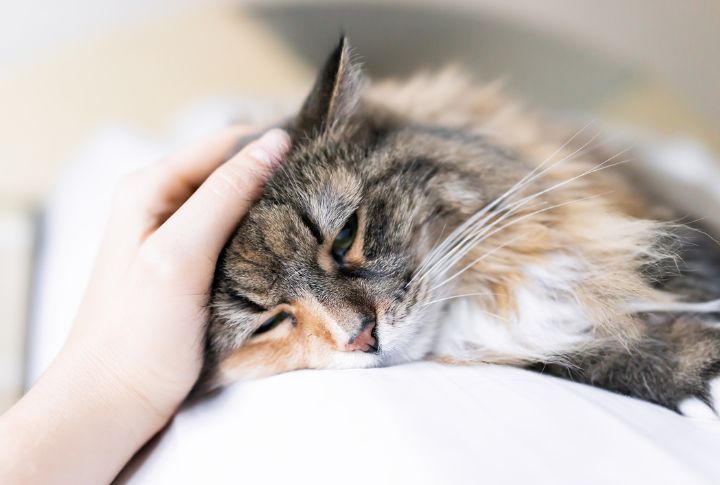
This condition arises when food rich in vitamin A, particularly those with excessive liver content, is given. Affected animals develop growths on the surface of their spinal bones. Symptoms include neck pain and rigidity accompanied by lameness. While reducing vitamin A intake can stop further harm, it does not reverse existing damage.
Thiamine Deficiency
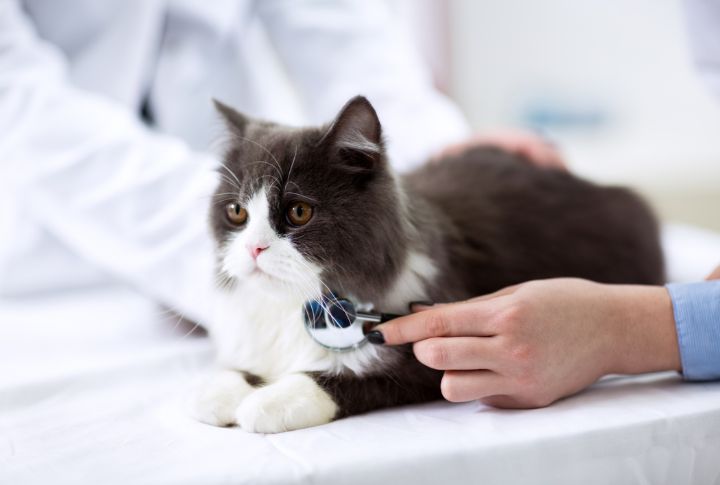
Insufficient vitamin B1 may result in brain dysfunction, causing abnormal balance, head tremors, impaired movement control, and seizures. This deficiency can stem from various factors, including inadequately formulated cat food, vegetarian diets, food preserved with sulfur dioxide, and raw fish diets.

Comments
Loading…